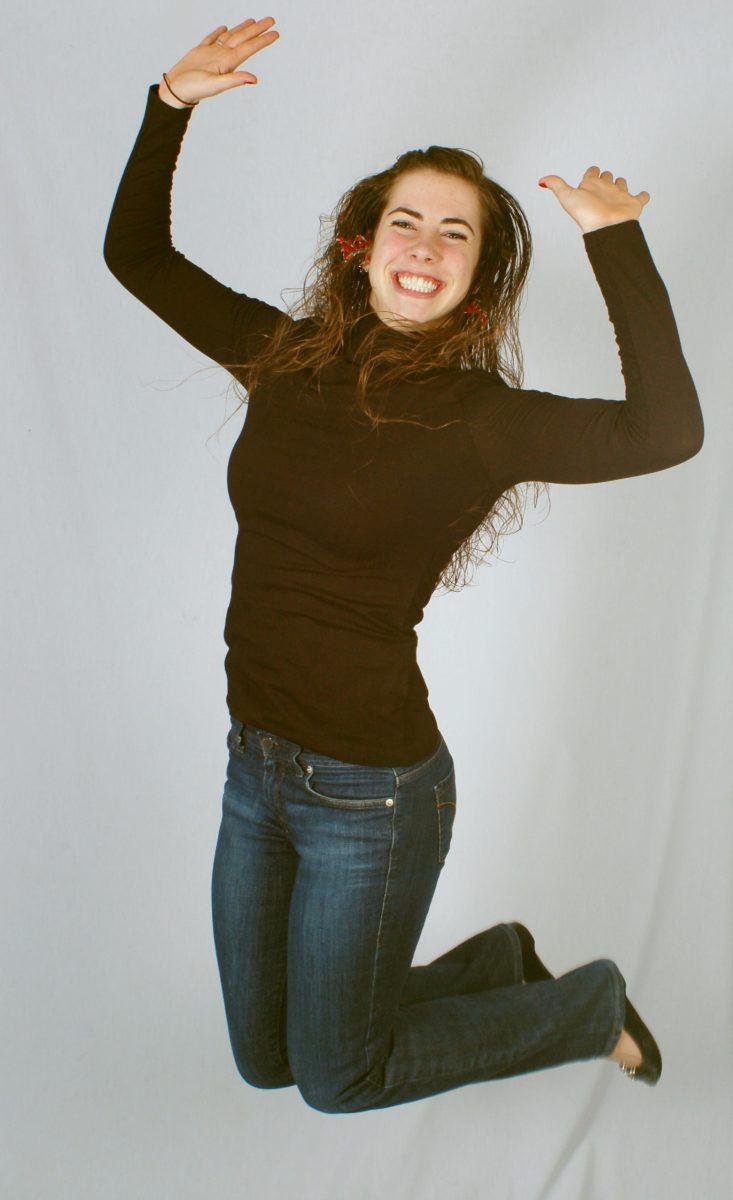Twenty percent.
It’s the number pundits across the country have brought up when it comes to how students feel about voting.
And it all arises from one New York University study, in which a fifth of students said they would exchange their right to vote for an iPod touch.
More than 60 percent said they’d sell their right for the price of tuition. Half said that $1 million could buy their vote forever.
But Michael Cobb, associate professor of political science, said these results must be put into context and taken “with a big grain of salt.”
“Keep in mind, this was done before people even knew Obama was a nominee, let alone the nominee,” Cobb said. “This happened well before the excitement of the campaign.”
He said he doesn’t view the results as “discouraging at all” because it was conducted at a time when people weren’t necessarily as enthusiastic, and since people perceive politics as a “team sport,” they will show up and root for their team — in this case, candidate or political party — on election day.
And students, he said, are already turning out at higher rates than is usual for the youth age demographic. He attributes those numbers to easy access to polls and lower cost for voting.
“I would say the number of students going out to vote is slightly higher here at State than in the last election,” Cobb said. “The age demographic is going to turn out higher than it had last year, which was higher than it had been in the pervious cycle. That’s going to continue to go up.
Historically, he said, white voter turnout is slightly higher than black voter turnout — with one exception.
“White turnout of voting age population is usually higher than the African-American turnout,” he said. “In the voting eligible population, there’s not much difference.”
The voting eligible population includes only those who are able to vote — such as those who have not been convicted of felonies.
Black suffrage, which was enacted with the 15th Amendment in 1870, only took effect in the 1970s with the passage of the Voting Rights Act, Cobb said.
And historically as well, Cobb said women are more likely to show up to vote than men. The women’s suffrage movement, he said, was a product of a century’s worth of work.
He said he doesn’t think voting rates today are affected by reminders of the work done earlier in the 19th and 20th centuries.
“Most Americans are born into a system in which everyone has a right to vote,” he said. “Voting habits are a product of political environment and social environment. For the most part, all people experience those same things pretty much similarly.”








